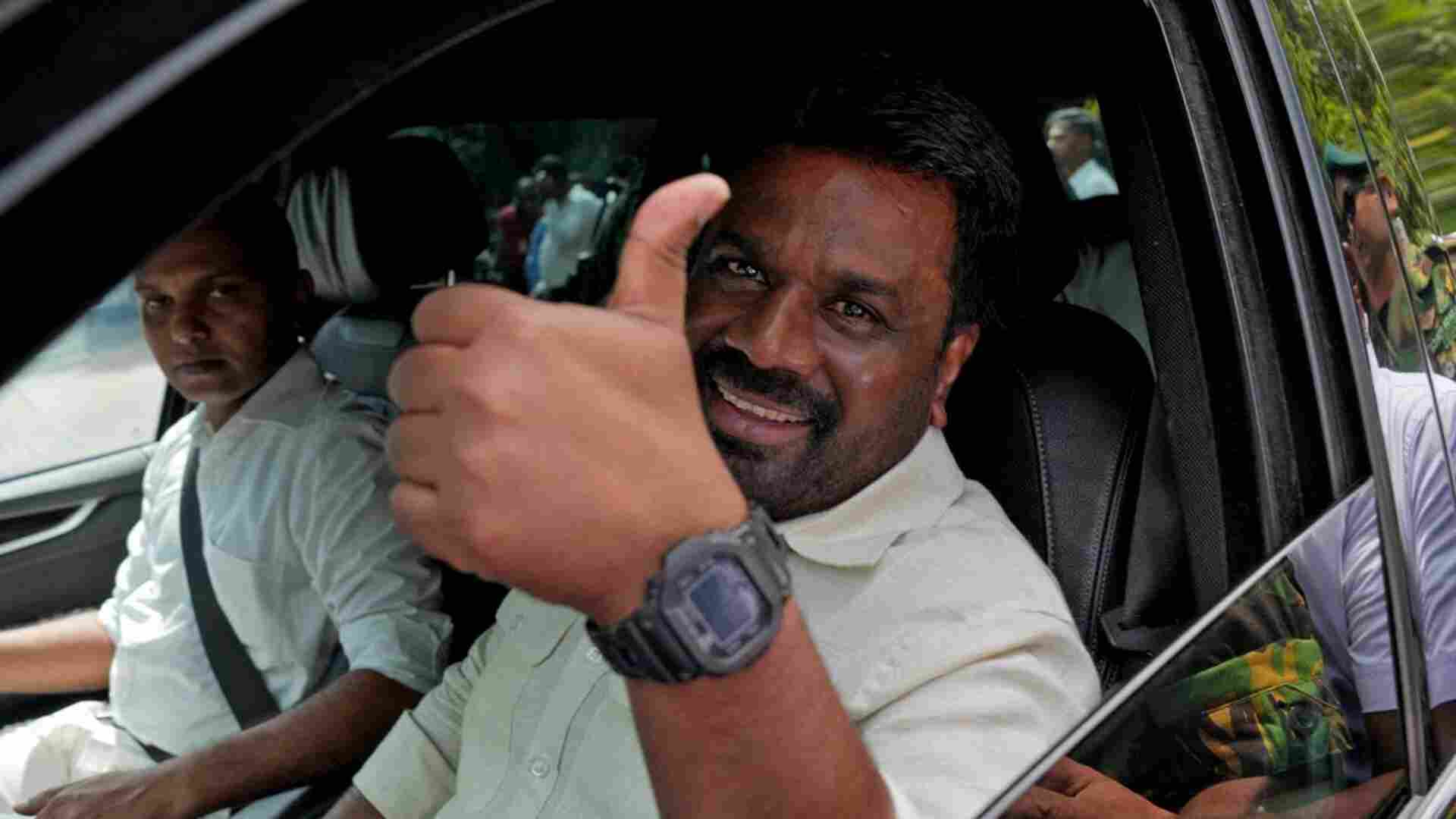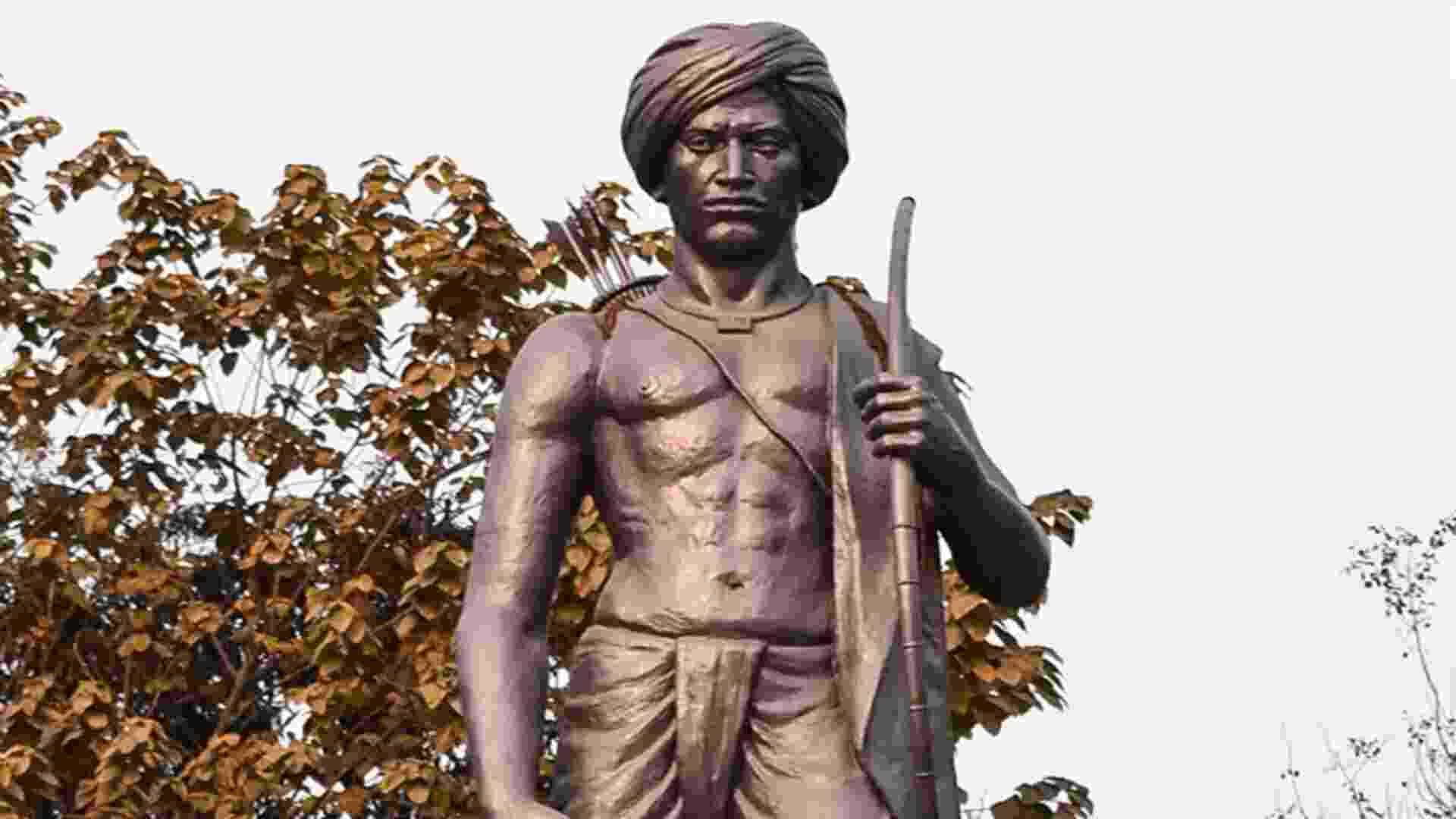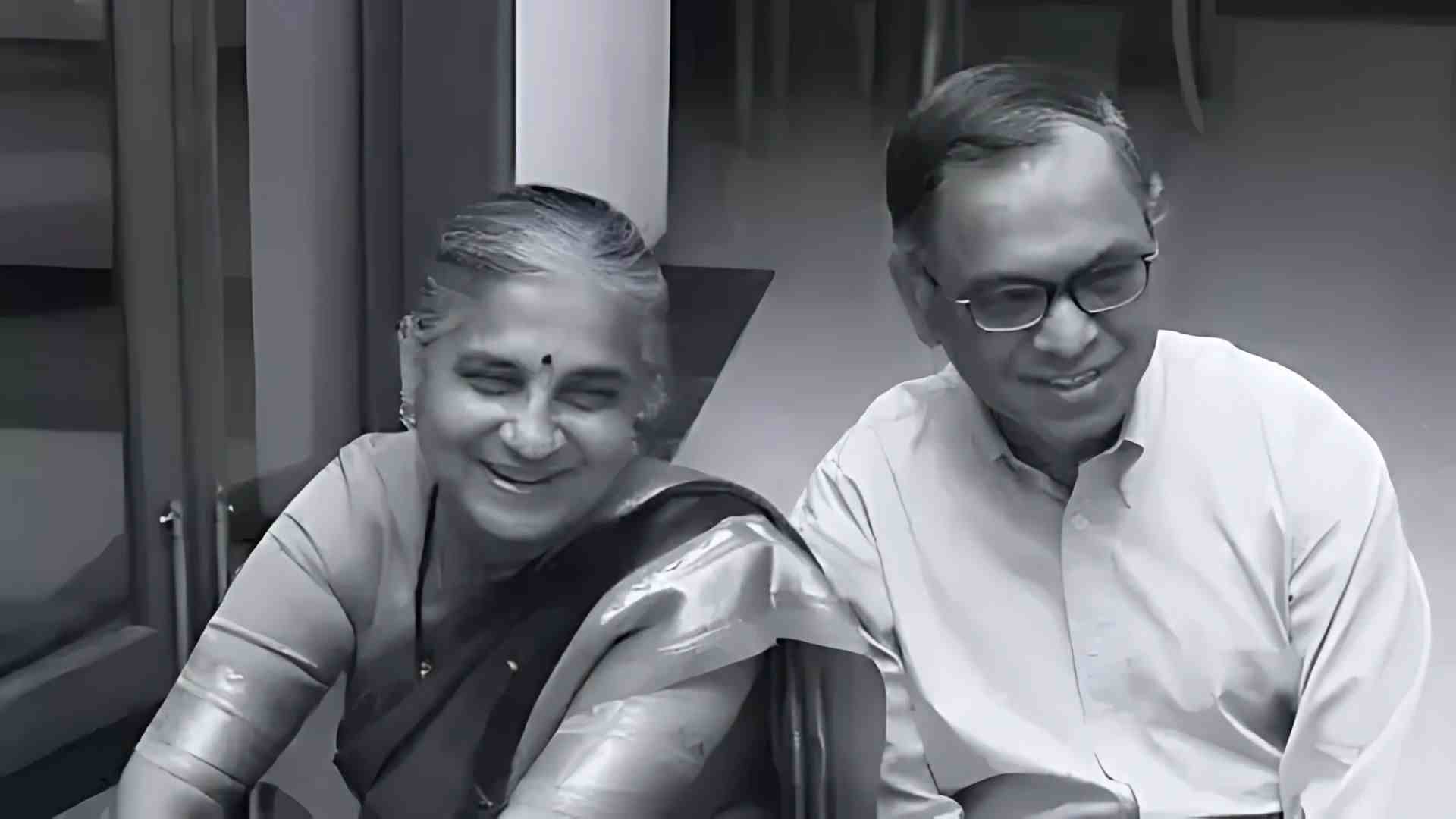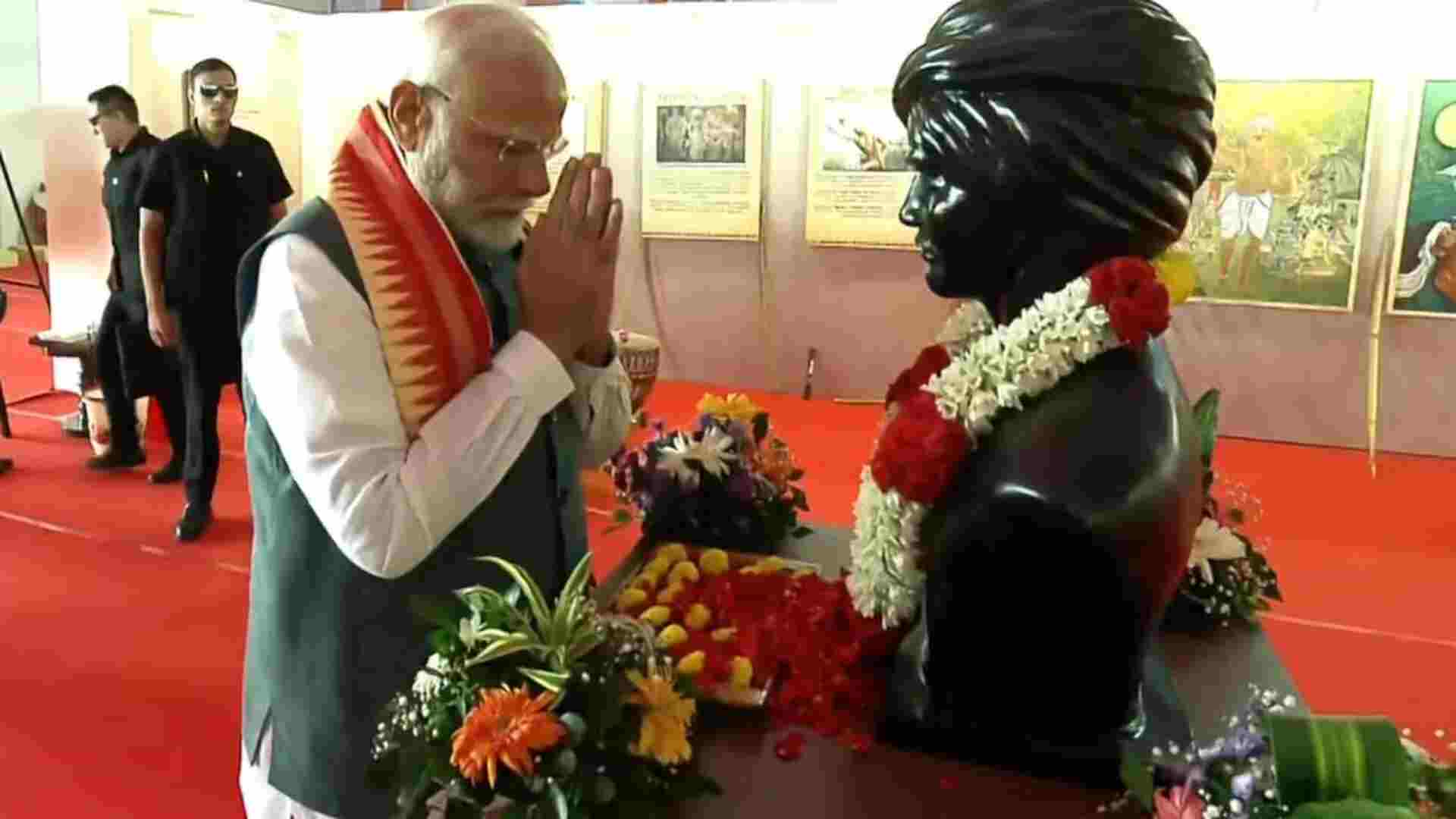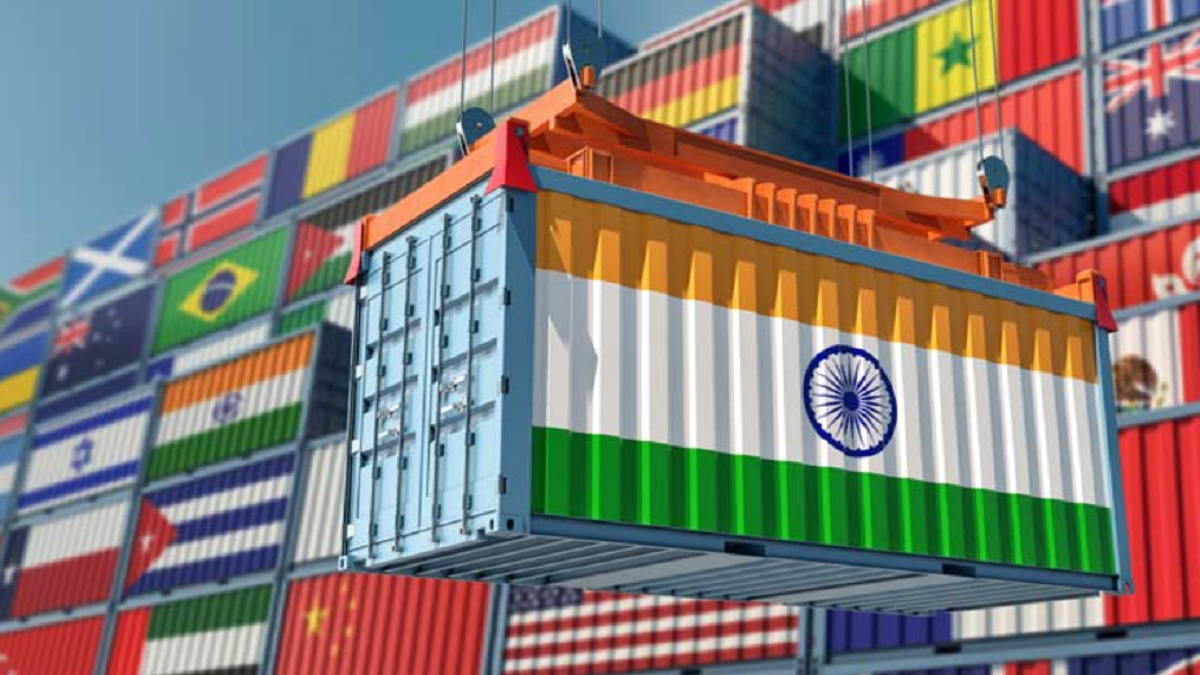
Ever since the Narendra Modi government has started pursuing its Act East policy from around 2015, India’s trade with the ASEAN countries has been on an upswing. The total volume of India-ASEAN trade (US$96.79 billion for 2018-2019) is similar to India’s total trade volume with China (US$95.7 billion, 2018-2019), except that China-India trade is heavily skewed in China’s favour—roughly 80:20. In comparison, Asean-India trade is relatively balanced at a ratio of 60:40. In a post coronavirus, and post Galwan, scenario, as “Make in China” becomes an anathema to a large part of the world, the need has come up for establishing alternate manufacturing bases and supply chains. It is here that India and ASEAN can enhance their cooperation and make use of the opportunity that the current crisis presents. At the same time, the strategic dimension of the Act East policy cannot be ignored, especially when China is using India’s neighbourhood for strategic purposes. In this respect, India should focus on the two ASEAN countries of Myanmar and Thailand, not only as a gateway to the rest of ASEAN, but also as a part of its “contain-China” strategy. For this, the sub-regional grouping BIMSTEC, of which India is the main mover, and both Myanmar and Thailand are members, has to become proactive. It should not stay invisible and lightweight in a SAARC-like manner. After all, China seems to be effectively countering India’s Act East policy and winning the battle of influences. Both Myanmar and Thailand are a part of China’s Belt and Road Initiative. The proposed China-Myanmar Economic Corridor (CMEC) and the planned deep-water port at Kyaukpyu not only give China quick access to the Bay of Bengal and the Indian Ocean, but also bring China too close for comfort to India’s east coast. Also on the anvil is a ChinaMyanmar oil and gas pipeline, among several other projects. As for Thailand, it is called China’s most important friend in Southeast Asia, with their “friendship” having historical roots in their common apathy towards Vietnam. With the relationship having socio-cultural, political, economic and military dimensions, it was Thailand that provided China with a platform to ease ASEAN’s anxieties about Beijing.
Earlier this month, Chinese Premier Li Keqiang and Thailand Prime Minister Prayut Chan-o-cha described China and Thailand as being part of one family. This being the situation, it can be said with certainty that China will use its hold on the region to stoke insurgency in India’s Northeast, once again. These fears have got credence with the recent capture of huge quantities of illegal Chinese arms in the Mae Tao region on the Thai side of the Thailand-Myanmar border. It is not going to be easy weaning away these countries from China or at least ensuring that they are more balanced in their approach towards the two big powers. In this context, Myanmar and Thailand, like India, are victims of Islamist terrorism and this is one area that calls for close cooperation. India also needs to get these two countries on board to counter any possible Chinese-instigated insurgency in the Northeast. All three countries have common civilisational roots and India with its soft power diplomacy needs to focus on this area significantly. Most importantly, India needs to make Myanmar in particular realise that all those Chinese billions are meant to serve China’s own business and strategic interests. In exchange for a port and a road, countries are being turned into China’s vassal states—sovereign in name, a colony in reality, Pakistan and Nepal being the latest such examples. China is a malignant power. India is a benign power. India needs to drive this message home, gently, for which an additional push to Act East policy is needed in the shape of better land, sea and air access.

